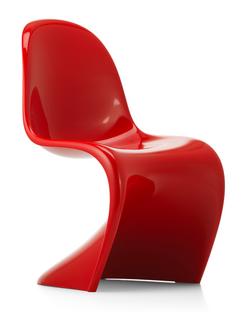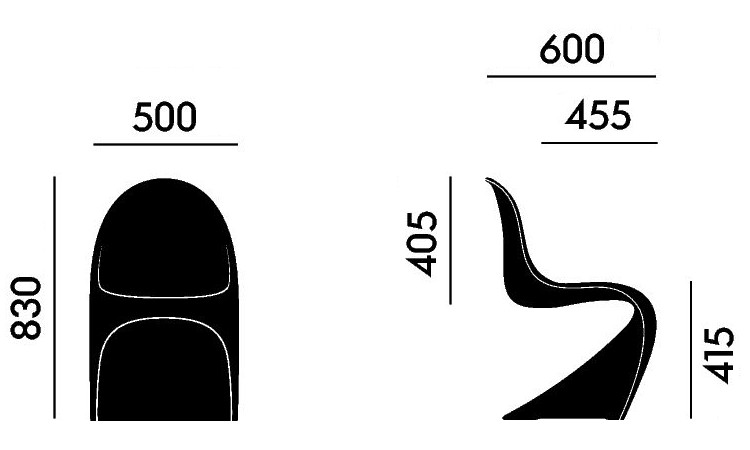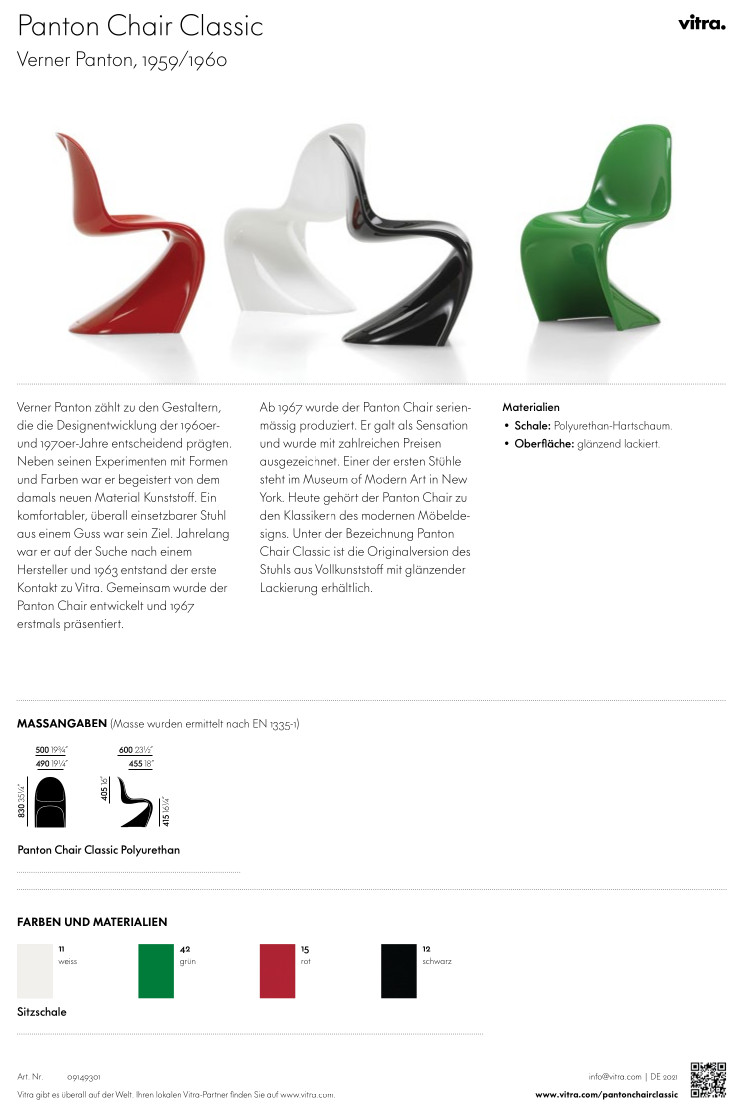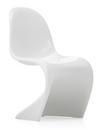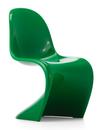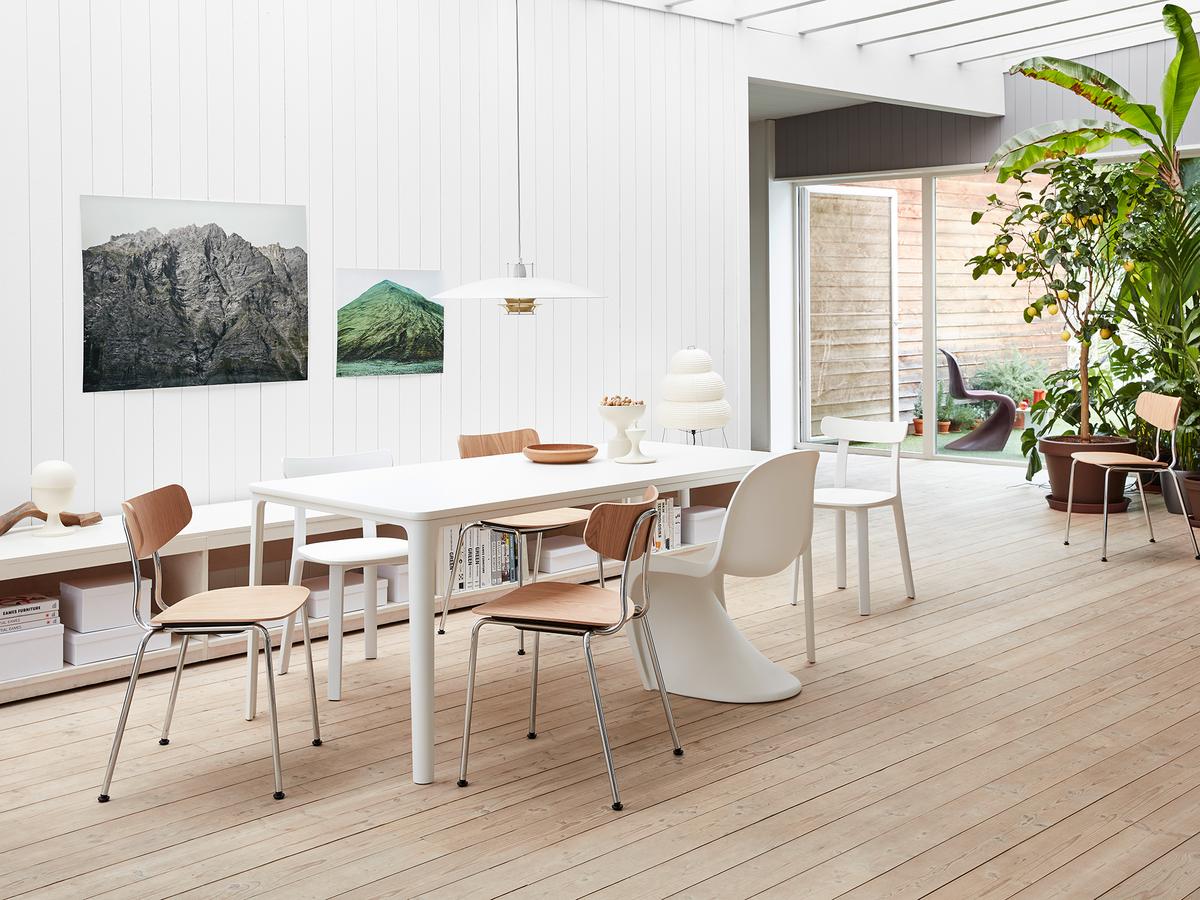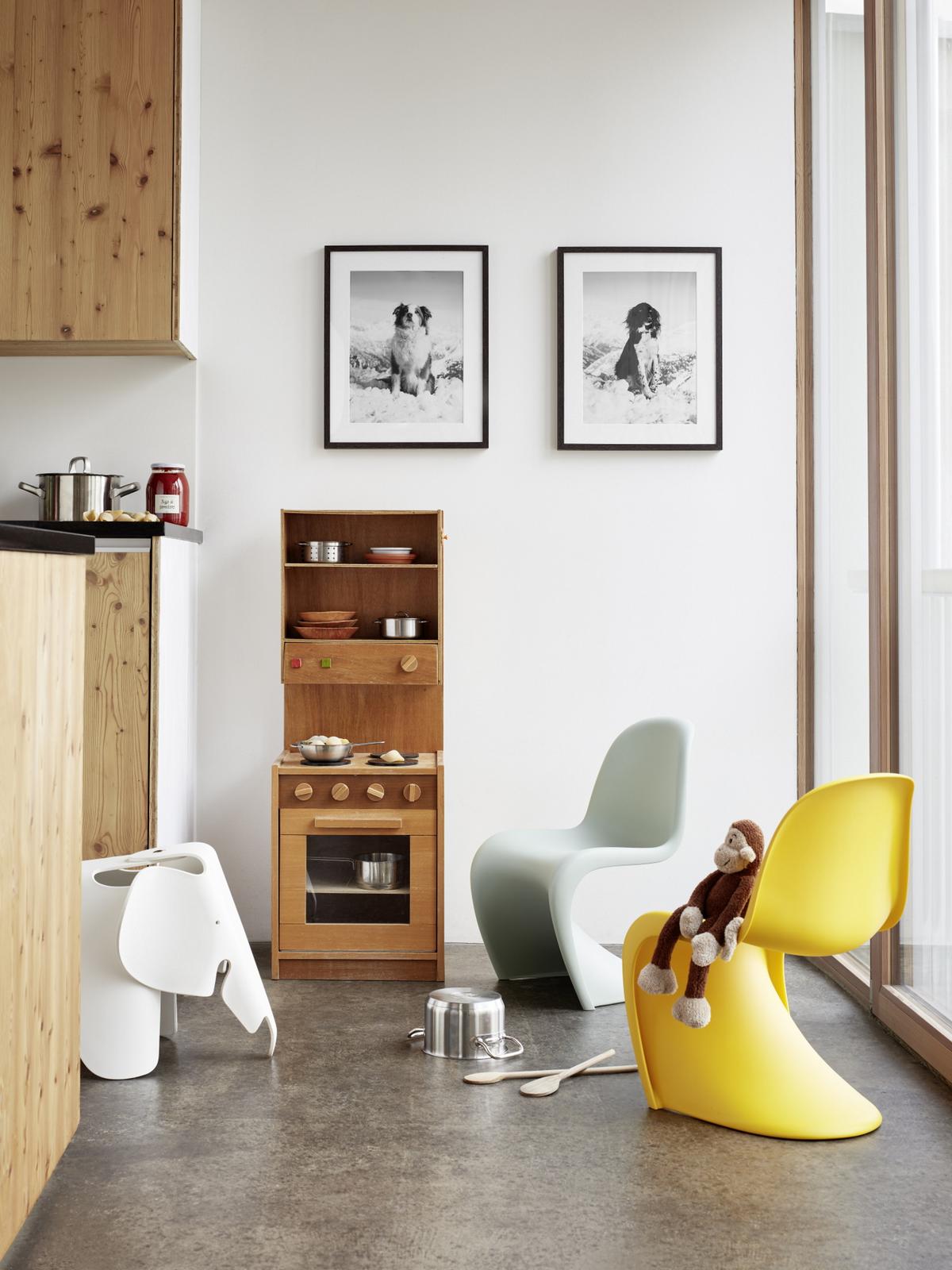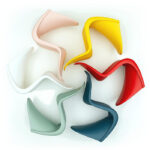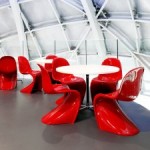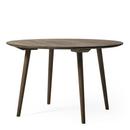Design. Colour. Theory.: Verner Panton - Lidt om Farver/Notes on Colour
"One sits more comfortably on a colour that one likes" declares Verner Panton in his 1997 book Lidt om Farver/Notes on Colour.1 A succinct expression of an understanding of colour as more than just a decorative element, and one of many reflections on the...





















